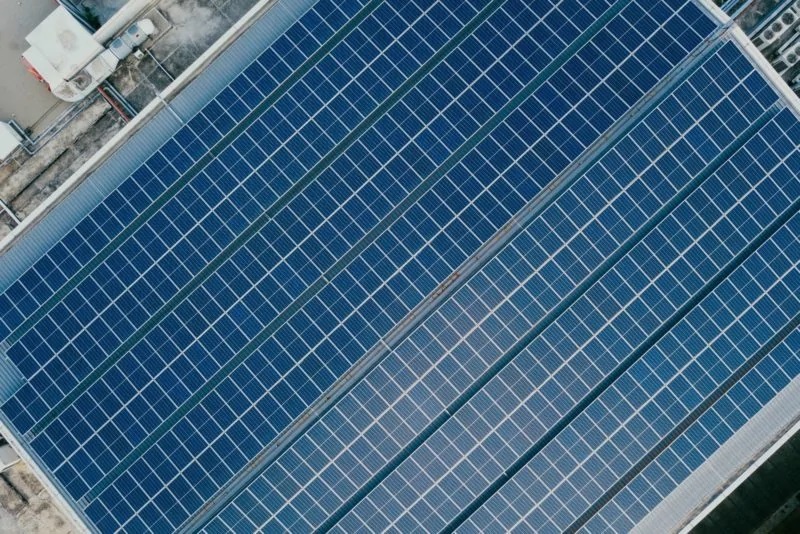Improving the efficiency of solar panels is a continuous goal of research and development in the solar industry. Several production processes and technologies have been developed to enhance the efficiency of solar panels. Here are some of the key approaches:
- Advanced Solar Cell Technologies: New solar cell technologies are being developed to increase the efficiency of solar panels. Some of these include:
- PERC (Passivated Emitter Rear Cell): PERC cells include a passivation layer on the rear side of the cell, reducing electron recombination and improving efficiency.
- HIT (Heterojunction with Intrinsic Thin Layer): HIT cells combine crystalline and amorphous silicon to reduce energy losses and increase efficiency.
- Tandem and Multi-junction Cells: These cells stack multiple layers of different materials to capture a wider range of the solar spectrum, improving efficiency.
- Bifacial Solar Panels: Bifacial solar panels can capture sunlight from both the front and rear sides, reflecting off surfaces like the ground or nearby structures. This technology can increase energy production by 5% to 30%, depending on installation conditions.
- Anti-Reflective Coatings: Coatings applied to the surface of solar panels reduce reflection and increase light absorption, improving energy conversion efficiency.
- Back-Contact Solar Cells: In traditional solar cells, the electrical contacts are on the front side, partially shading the cell. Back-contact cells have contacts on the rear side, allowing for more effective light absorption and reduced shading losses.
- Thin-Film Solar Cells: Thin-film solar cells use thinner semiconductor materials than traditional crystalline silicon cells. While typically less efficient, thin-film cells can be more cost-effective and have advantages in certain applications.
- Improved Materials: Research is ongoing to develop new materials that can enhance the efficiency of solar panels. For example, perovskite solar cells have shown promise for their high efficiency and low production costs.
- Efficiency Enhancement Layers: Some manufacturers add additional layers to solar panels to enhance their performance. For example, anti-soiling coatings can reduce the accumulation of dirt and dust, while anti-reflective coatings improve light absorption.
- Advanced Tracking and Mounting Systems: Solar tracking systems that follow the movement of the sun throughout the day can increase efficiency by ensuring that panels are always facing the sun directly. Additionally, more precise mounting systems can optimize the tilt and orientation of panels for maximum sun exposure.
- Improvements in Manufacturing Processes: Incremental improvements in manufacturing techniques, such as better quality control, reduced material waste, and improved automation, can increase the overall efficiency of the production process and reduce costs.
- Tandem Solar Panels: Tandem solar panels combine different types of solar cells in a single module, allowing each cell type to capture different parts of the solar spectrum. This can significantly improve overall efficiency.
- Laser Edge Isolation: Laser processes are used to isolate the edges of solar cells, reducing energy losses at the cell borders.
- Improved Inverters: More efficient and advanced inverters can convert the DC electricity produced by solar panels into AC electricity more effectively, reducing energy losses in the conversion process.
- Textured Surfaces: Surface texturing techniques can be used to create microscopic textures on the surface of solar cells, reducing reflection and increasing light absorption.
Continuous research and development efforts in these areas aim to push the boundaries of solar panel efficiency, making solar energy more accessible and cost-effective. It’s important to note that while efficiency improvements are essential, other factors like cost, durability, and environmental impact also play crucial roles in the overall success of solar panels in the market.


